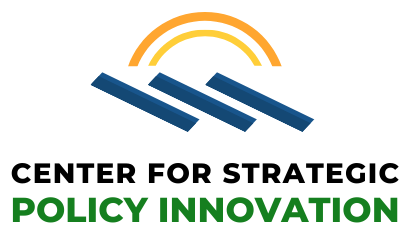
MicroProtect Model
Adapting critical infrastructure to clean, resilient energy
At the Center for Strategic Policy Innovation, we have identified an exciting opportunity to couple the much-needed massive buildout of clean, renewable energy with the immutable duty to protect our critical infrastructure from natural and manmade events that can cause long-term electric power outages. The serious power grid and infrastructure resiliency concerns associated with the rise in events such as hurricanes, floods, wildfires, and earthquakes, and those associated with electromagnetic pulse (EMP) events and cyber attacks, cannot be ignored. Critical infrastructure facilities, like hospitals, chemical plants, and nuclear power plants, are especially vulnerable to the loss of electric power associated with such events, since sustained power outages for such facilities can cause immediate and significant loss of life and other serious consequences.
Making resilient microgrids accessible
With our MicroProtect effort, we are helping to make critical infrastructure more resilient to such events, by working to jumpstart the creation of renewable energy-based microgrids throughout the country. We accomplish this effort by bringing together top experts in the fields of renewable energy/distributed energy and microgrid buildout, coupled with a unique social impact financing structure. Our microgrid finance model takes conventional sources of capital, including bond funding, and combines them with the ingenuity of social impact investment tools. Our clean renewable energy microgrid finance model has been showcased at CDFA’s 2019 Federal Policy Conference in Washington D.C., at the Brownfields 2019 conference in Los Angeles, at the Milken Institute’s annual 2020 California Policy Summit, and at the Milken Institute’s June 15, 2020 “Leveraging Capital to Build Resilient Local Economies” webinar.
How the MicroProtect Model Protects Critical Infrastructure
Identify opportunities to harden infrastructure against disasters
Leverage a unique social impact financing structure
Utilize a successful power purchase agreement approach
Capitalize on the experience of microgrid/resiliency experts


